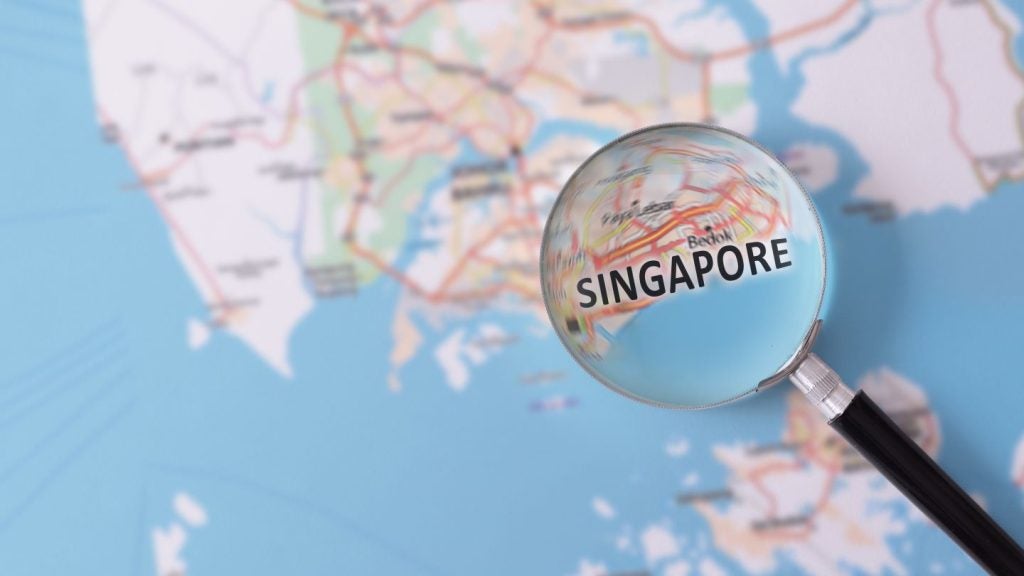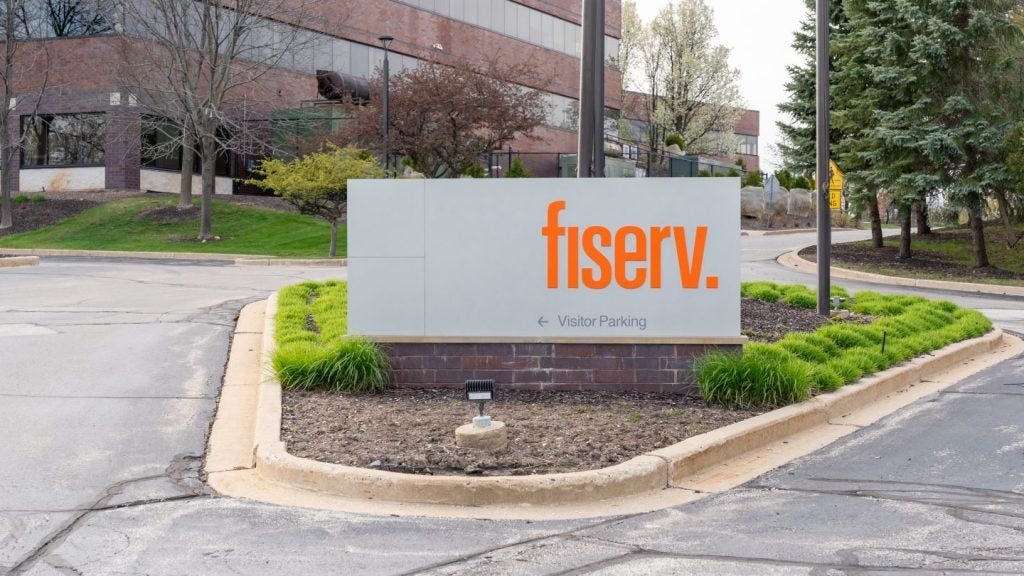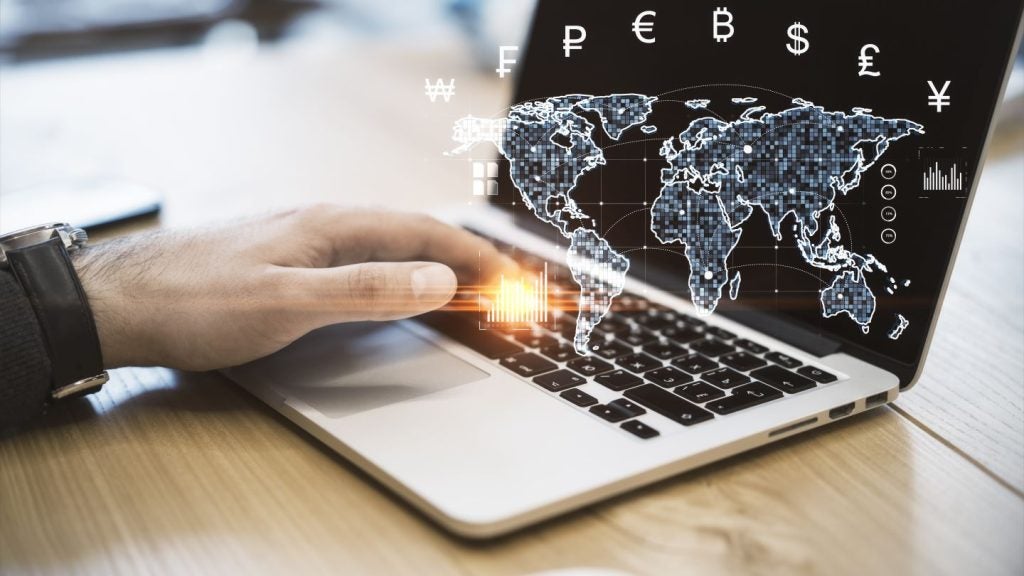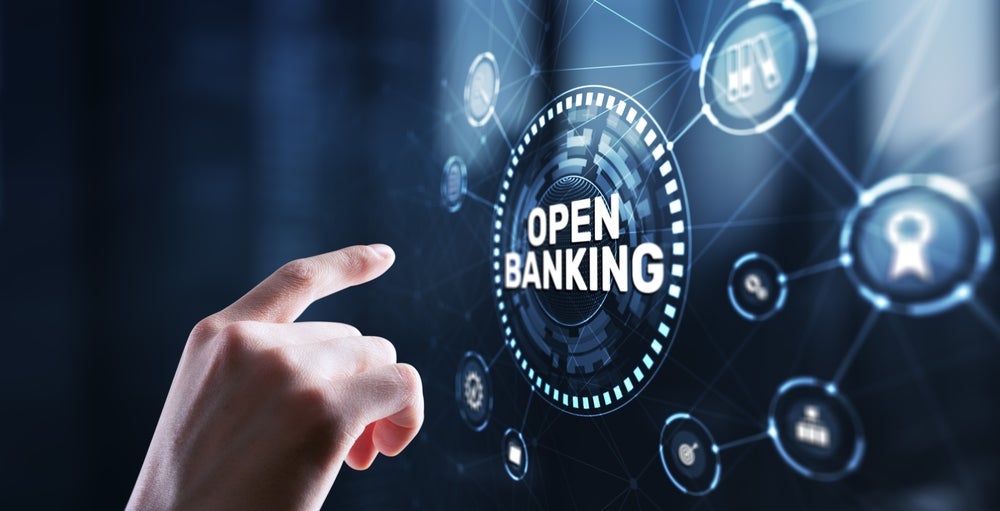US general insurer Allstate has joined a fast-growing number of
companies to make electronic billpay specialist CheckFree’s service
available to its clients. To gain further insight into the
remarkable rise in popularity of online billpay amongst
American consumers, EPI spoke to CheckFree. Charles
Davis reports.
In a move sure to buoy the electronic bill presentment and
payment market, Allstate Corp, the US’s largest publically owned
personal lines insurance company, has begun making monthly bills
available through the 3,000 electronic billing and payment sites on
billpay specialist CheckFree’s network. Allstate, which reported
total premium income of $22 billion in 2006, joins State Farm and
Progressive as major insurer clients of CheckFree.
CheckFree said the agreement signals a growing willingness by
billers to distribute statements through external partners, a
movement born of cost savings, environmental concerns and consumer
momentum toward paying more bills online. As of January this year
CheckFree became a unit of transactions processor Fiserv following
a deal worth $4.4 billion.
Cathy Lazaroff, Allstate’s vice president of customer experience
and innovation, explained that economic efficiency and
environmentalism prompted the move. “CheckFree makes it easier to
do business with Allstate and easy for our customers to do
something good for the environment,” said Lazaroff in a
statement.
Lori Stepp, director of product management and marketing for
CheckFree Electronic Biller Services, told EPI the company has been
adding billers in the credit card, telephone and cable television
markets, with an eye toward locking up the largest vertical markets
in the consumer bill payment market.
Dynamics encouraging

US Tariffs are shifting - will you react or anticipate?
Don’t let policy changes catch you off guard. Stay proactive with real-time data and expert analysis.
By GlobalData“The general gist of our business is to get consumers to where they
can pay anyone and receive a bill from anyone they are getting
bills from in electronic form,” Stepp said. “We’re working on all
the major verticals and seeing tremendous growth in
acceptance.”
Stepp said CheckFree now has more than 400 different billing
entities as partners, with more coming on board “nearly every
day”.
“We have to focus on the bills that recur first and the ones with
sizeable customer bases, and move from there,” she said. “Everyone
is very open to the idea of reaching their customers electronically
and they view the customer satisfaction element as positive, and so
the dynamics are encouraging.”
A 2007 study by CheckFree Research Services showed that e-bills
enhance customer satisfaction, with 35 percent of consumers who
receive e-bills at a bank website indicating that the service had
positively impacted their relationship with the billing company. In
addition, 39 percent of consumers who receive e-bills said they
were less likely to switch to a competitor and 81 percent would
recommend their online bill payment service to a friend or
relative.
Stepp said that CheckFree still faces a challenge with billers who
have invested a lot of time and resources in their own site
worrying about bill payment cutting into traffic.
“We have done some research about what sites online consumers use
to pay their bills, and 75 percent say they use both – they pay
bills on one site and then they go to the biller’s site to change
addresses, or shop,” she said.
The fundamental driver for billers, Stepp said, is turning off the
expense of paper bills. Conveniently for billers, American
consumers are attuned to environmental concerns of late, eager to
take small steps that can reduce waste. The timing could not be
better for electronic billpay.
“Billers are really picking up on the environmental argument,
because they can see how this relatively small change in behavior
can make a real difference,” she said.
According to the CheckFree survey, 52 percent of e-bill users
agreed strongly with the statement that “receiving bills in
electronic form saves paper and energy, helping our nation’s
environment”.
In June 2007, consultancy Javelin Strategy & Research reported
that if all US households viewed and paid their bills online, it
would annually save 16.5 million trees, and reduce toxic air
pollutants by 3.9 billion pounds of carbon dioxide equivalents
(greenhouse gases), similar to having 355,000 fewer cars on the
road.
“It’s quite a compelling return on investment for the billers, and
it works perfectly with what’s going on in terms of societal
interest in environmentalism,” Stepp said.
Stepp said billers have incentives to offer electronic bills
wherever customers want to receive them. Presenting a statement
electronically saves on printing and mailing and on payment
handling, but also on customer service costs, because online bill
payment is a self-service medium, reducing both employee expense
and exception processing.
More than 60 percent of US companies’ monthly statements are now
available for presentment, mostly from the largest billers, so now
CheckFree’s attention can turn to consumer adoption.
E-billers better customers
The idea that electronic billpay not only is more convenient, but
also produces more profitable customers, is supported by a 2007
study by SunTrust Bank and CheckFree.
That study analysed consumer data from customer households during a
13-month period from February 2006 to February 2007, and found that
customers who received and paid at least three e-bills per month at
the SunTrust website were 86 percent more profitable than offline
customers.
Online bill payers also had a 78 percent lower attrition rate on
average, carried 121 percent higher deposit balances than the
average SunTrust customer and were twice as likely to have a
mortgage and 60 percent more likely to have a savings account with
the bank.
While bill presentment has quite a way to go to catch up with
online bill payment, it is growing at a much faster rate. In its
last earnings statement, in October, CheckFree reported it had
processed 351.6 million transactions in the quarter ended 30
September, 12.8 percent up from a year earlier.
By contrast the company said it had presented 63.9 million bills to
consumers during that period, but the growth rate was nearly twice
as fast, at 23.4 percent.
Stepp said that the acquisition of CheckFree by Fiserv opens whole
new markets to CheckFree. “It opens up a wealth of opportunity for
us, and it gives us new client bases, such as smaller credit unions
and banks,” she said. “We have a lot of opportunity in the Fiserv
business to expand bill presentment as well as payment.”







